Cape Town is one of the most beautiful cities in the southern part of Africa. Considered the second most populated city in the country after Johannesburg (if you want to read our experience there, you can click here); it is the legislative capital of South Africa and where the National Parliament is currently located.
Cape Town is famous for its harbor next to the city and where you can enjoy a nice walk along its waterfront. Aside from that, it is a city that is surrounded by greenery, with its mountains, such as the mythical Table Mountain (one of the seven natural wonders of the world), Lion’s Head or Signal Hill; and its botanical gardens (Kirstenbosch Gardens) which give it a special character. You will find many viewpoints where you will see the city, with the mountains and the sea at the same time.
Cape Town is a cosmopolitan and modern city, mixing the best of every culture. You will find the Bo-Kaap neighborhood, a Malay neighborhood with an interesting history behind it and characterized by its colorful houses; the CBD, the central area of the city where you will find all the international companies, skyscrapers and offices; the Greenpoint, a neighborhood known for its football stadium that hosted the 2010 World Cup and is right next to the waterfront and the seaport; and luxury residential areas where the latest fashions coexist with a very cool atmosphere.
In Cape Town, we also find different important points regarding the history of the country. There is Robben Island, an island just outside the city and where Nelson Mandela was imprisoned for 18 years. It was a way to keep the most influential prisoners in isolation during Apartheid in order to silence their message. In addition, we find the District 6 Museum, a black neighborhood that had to flee for the racial laws that the country experienced during the apartheid period.
Situated on the shores of the Atlantic Ocean, just a few kilometers away there is the Good Hope Cape, a mythical peninsula with beautiful scenery and very interesting coastal towns to visit. If you want to know more about things to do there and the surroundings, you can click here.
In the surroundings of this magnificent city, apart from the Cape of Good Hope, you can also visit the most important wine region in the country which is located between the villages of Stellenbosch, Franschhoek and Paarl (if you want to see our experience with South African wines, you can click here); as well as the well-known Garden Route, which reaches Port Elizabeth via the coast (if you want to see our route, you can click here).
So, as you can see, Cape Town is a very interesting city with a lot of activities to do. We recommend that you stay there for a few days in order to enjoy its nature, its people and its multiculturalism. Definitely one of the best cities in Africa to visit.
How to get there?
Cape Town is the second most populated city in the country, behind Johannesburg. It is located along the Atlantic Ocean and in the southwest of the country. It has an international airport, Cape Town International Airport, located about 20 kilometers from the city center. There, most domestic flights from Johannesburg or Durban arrive, among others; and some international flights from different airlines such as Turkish Airlines (from Istanbul), Ethiopian Airlines (from Addis Ababa), KLM (from Amsterdam), Air France (from Paris), British Airways (from London) or Lufthansa (from Frankfurt).
If you arrive by car, you have different options to get to the center of Cape Town. If you come from the east, follow the N2 and, then, you will pass by the airport and you will arrive directly at the CBD, the neighborhood in the city center. If you are coming from the north, you have to follow the N7, until you reach the junction with the N2, the road that you will have to take and that will take you to the city center. If you come from the Wine Route, follow the N1 that will take you directly to the center. The city’s entry and exit roads are at least two lanes on either side. You should be aware, however, that sometimes during peak hours there are some traffic jams.
As for the train, Cape Town has a train station that is located right in front of the Castle of Good Hope in the city center. However, as we were told, the train is one of the least used means as it is not characterized by its speed and efficiency.
To get around the city, you will find different means of transport, such as buses or taxis. It is advisable to take, for example, the MyCity Bus from the CBD neighborhood to Hout Bay via the Waterfront and the Greenpoint neighborhood. However, one of the most convenient and inexpensive ways to get around Cape Town is the Uber platform. There, it works very well with a very extensive network of drivers who can take you to the foot of Table Mountain or to different parts of the city.
However, if you are staying in the center or in a neighborhood near the CBD, such as Greenpoint; walking is also highly recommended. The distances between different tourist spots are not very long. For example, you can visit the District 6 Museum, the Bo-Kaap neighborhood, and the waterfront walking during one day. But, like most African cities, is not at all advisable to walk at night. And if you go out on the streets where the party is, like Longstreet, they also recommend that you be very careful because there have been a lot of thefts.
What to do in Cape Town?
As we have mentioned, Cape Town is one of the places in South Africa where you can do many different activities. You can do some for a whole day, such as visiting the Cape of Good Hope or the wine region of the country; and others in a few hours during your stay in the city.
Below, we will recommend those activities that you can do for a few hours in Cape Town, as those that you can do for a whole day are explained in different articles; such as the Cape of Good Hope (you can click here), the Wine Route (you can click here) or some of the points of interest on the Garden Route (you can click here):
– Visit Table Mountain, one of the seven natural wonders of the world
Table Mountain is Cape Town’s quintessential iconic mountain. It is a landmark that you will see wherever you are in the city. This mountain is called Table Mountain because of its elongated, flat shape, about 3 kilometers long, which looks like a table, and protrudes a few kilometers from the sea. A unique mountain formation that you can’t miss if you visit Cape Town. You can access it by cable car and also by walking along the different routes that leave the city.
In fact, Table Mountain is considered one of the seven wonders of the world along with the Iguazu Falls (Brazil-Argentina); the Amazon (South America); the Halong Bay (Vietnam); Komodo (Indonesia); Jeju Island (South Korea) and the Puerto Princesa Underground River (Philippines).
Many times, it will be difficult to see Table Mountain with a clear sky. There is a meteorological phenomenon known as “The Tablecloth of the Clouds” which often covers the flat top of the mountain with clouds. This effect is due to the rapid condensation of cold air that comes from the southeastern airs, passes between Devil’s Peak and Table Mountain, and finally, due to moisture, condenses to form these clouds. Some legends explain that this phenomenon is an endless competition of pipe smoking between an old Dutch pirate, Van Hunks, and the devil. Hence the name Devil’s Peak.
To visit Table Mountain, we recommend that you take the cable car to get a good view of the city, and then walk down some of the paths. For the descent you need to be a bit fit as there is a lot of mountain slope between rocks, but the scenery is stunning. If not, there is also the option to go up and down with the same cable car.
To go with the cable car, head to the Lower Cable Station. There you can park your car and walk to the station. You can book your cable car ticket online or buy it directly there. If you make the first choice, you will save a long queue and you will have direct access to the cable car entrance. If you want to book online, you can click here. Please note that if you book in advance, your ticket is valid for 9 days from the date you set. In this way, if the weather is bad, you can postpone the visit for the next day. If you arrive at the station without a ticket, you will have to queue and pay to get the ticket. Think that with the Wild Card, you will get a discount of approximately 20%.
The cable car is open from 8 a.m. until sunset. It comes out about every 10 minutes, and it takes less than 5 minutes to get to the top. You don’t have to run to get a good spot, as the cable car turns on itself as you go up, so everyone can see the stunning views over Cape Town. Sometimes, due to weather conditions, the funicular is not operational. Mainly due to strong wind or heavy rain.
Below are the current prices until 30th September 2022, where you can see the different rates depending on whether you go there in the morning, in the afternoon, if you only go one way or round-trip ticket.
Once you reach the top of Table Mountain, you will find different itineraries to walk and see the city from various points. There is also a restaurant on the top. The paths are flat and accessible to all audiences, with viewpoints from which you can enjoy a fantastic view and where many times, the clouds will pass in front of you very quickly. Take the opportunity to immortalize the city when you have no clouds! In addition, you can see other peaks such as Lion’s Head, to the west facing the sea, Devil’s Peak or Signal Hill.
Once you have enjoyed the views of Table Mountain, you can go down either by funicular or by some of its paths. There are three main routes: the Skeleton Gorge, which takes about 3-4 hours to reach the Kirstenbosch Gardens through forests, streams and waterfalls; the Kasteelspoort, a route that reaches Camps Bay and crosses cliffs with very good sea views; and finally, the most famous is the Platteklip Gorge. This is what we did, and it took us about 2-3 hours, with a mountain slope of about 700 meters.
The Platteklip Gorge route consists of a path that passes between the walls of Table Mountain. The path is rocky and winding, with a constant slope, so we recommend that you go with good shoes, water, a hat and sunscreen as there is little shade. However, it has spectacular views! The route leads to Tafelberg Road, the road leading to the cable car station and where you can get there again, to pick up your car or to take a taxi or an Uber to get back to the city.
Table Mountain is one of Cape Town’s most renowned tourist attractions. This mountain is one of the main icons of the country, and a must see if you are in the city. Although the summit can often be cloudy, we recommend that you climb it and enjoy the views. In addition, if you are in good physical condition, walking along some of the routes that go up and down the city is a good way to take refuge in the middle of nature.
– Watch the sunset from Signal Hill
Signal Hill is a mountain next to Lion’s Head and Table Mountain. It is a landmark for young people and families to go and see the city’s sunsets. It is well located because it is located right in front of the sea, so you can see how the sun sets behind the horizon. For adventure lovers, paragliding is also organized at Signal Hill.
To get there, you can take a taxi or if you go with your own car, drive along Kloof Nek Road and at the intersection where you can go to Table Mountain, turn to the other side, where a road of about 4 kilometers will take you to the Signal Hill car park. This road also passes by the starting point of the route that goes up to Lion’s Head.
Sitting on Signal Hill to enjoy the sunset is a wonderful activity. In addition, along the way you will be able to take different panoramic views of the city, where you will see, among others, Table Mountain, Lion’s Head, the football stadium, the Waterfront, the Bo-Kaap district or the CBD, the city’s financial district. Think about bringing something to drink and get there on time as it is usually crowded with people.
– Walk to Lion’s Head
Lion’s Head is located between Signal Hill and Table Mountain. The starting point for climbing the peak is on the same road as Signal Hill. There is a car park where you can leave your car and climb to the top of this mountain.
The route is short but demanding, as it has a lot of mountain slope with a couple of places where you have to climb. The journey is usually made to see the sunrise or sunset, and lasts approximately one hour. It can only be reached on foot, making it a less crowded place than the other mountains that can be reached either by cable car or by car.
– Explore the colorful Malay district of Bo-Kaap
The Bo-Kaap district, with its colorful houses, is one of the other iconic spots in Cape Town. It is located at the foot of Signal Hill and very close to the center and the financial district of CBD. This neighborhood, known during the apartheid era as the Cape Malay Quarter, has now become famous for the snapshots of Instagram users, causing a gentrification of the area, that is, an increase in the prices of housing that causes many of the neighborhood’s residents to eventually abandon it. However, today you can still find the authenticity of this neighborhood.
In the past, the Bo-Kaap district was home to slaves brought by the Boer government from Malaysia, India and Sri Lanka. They worked hard and centuries later, during the apartheid regime, they became known as the coloured population. They, along with the black population, were the main victims of the racial policies pursued during the 19th and 20th centuries in South Africa. However, unlike the black population, the Boer government did not force them to leave their neighborhood, and declared it an exclusively Muslim area.
In the past, all the houses in this neighborhood were white; but these came to be painted in bright colors. There are mainly two theories: one says that they painted them during the preparation for the Eid (the end of Ramadan); and the other says that they painted them in color when slavery was abolished and allowed these slaves to buy houses. In this way, it was a symbol of freedom to celebrate its independence.
The Bo-Kaap neighborhood is a Muslim-majority neighborhood, where you can walk through its cobbled, sloping streets and see the different traditional houses. In addition, there is an Islamic cemetery (we could not visit it because it was closed), and various mosques, including the Auwal, the oldest mosque in South Africa.
The cultural mix between the different cultures of the neighborhood also led to a very interesting gastronomic cuisine. For this reason, we recommend that you stop to eat at some of the traditional restaurants in the Bo-Kaap district. We had lunch at Biesmiellah Restaurant, where we were able to enjoy a dish called boboti, a traditional South African dish of Malay origin. In addition, they have different curries such as chicken curry, which are very good. Prices are around 8.50 euros, with drinks included.
Exploring the streets of the Bo-Kaap neighborhood is a great way to discover a completely different place in the city. You will walk through cobbled streets and small squares where the neighbors gather; and you can also photograph their colorful houses with antique vintage cars. In addition, we recommend that you visit the museum to learn more about the history of this neighborhood (price of 20 Rands per person); take one of the different free walking tours; or, as we did, download an audio guide for an extensive tour of the neighborhood. A very interesting visit.
– Take a walking tour of the city center
The CBD district is the financial district of the city where the main multinational companies are located, as well as the different skyscrapers of the city. However, there are also different historical points in Cape Town that we will try to explain below. We met them on a Free Walking Tour which started from Motherland Coffee next to Mandela-Rhodes Square.
We started the tour by visiting the Castle of Good Hope, the oldest building in South Africa. The first signs of life in Cape Town, with the San population are around 1632. During those years, many European colonies had already begun to navigate the different oceans, and the Cape Town area was a great place to rest during the journey to Asia from Europe. From 1663, they began to build the Castle of Good Hope, located right next to the sea. Slaves from different parts of the Indian islands such as Madagascar, Reunion and Malaysia began to arrive in Cape Town.
The castle was a fortress of the Dutch East India Company, where you can find the torture chambers, the governor’s house or the various prison cells. Entrance is free, but in recent years this castle has also become very famous for being the scene of many movies. Just when we were there, it was closed for filming.
After the Castle of Good Hope, we were able to visit Cape Town City Hall from outside, located on the other side of the main train station. Later, we visited Church Square, where there is a memorial to the slaves. You can see in writing some of the names given to them according to their demographic origin. Next to the memorial is one of the most important historical buildings in the history of slavery in South Africa. This is the Iziko Slave Lodge, considered the second oldest colonial building in Cape Town, and was used until 1811 as a slave market.
Finally, after passing through the District 6 Museum, we ended our visit in front of the National Parliament, which is located in beautiful gardens known as Company’s Garden. These were part of a Dutch farm, which is why they are also known as Little Amsterdam. There, in 1966, Hendrik Verwoerd, the Prime Minister of South Africa and one of the ideological architects of Apartheid, was murdered. In addition, in the gardens of the National Parliament is a statue of Cecil Rhodes, an unscrupulous British imperialist against the black population and who has now become a center of controversy over protests by the population to withdraw their tributes and his statues of Africa (if you want to know more about this controversial person, you can click here).
Near the National Parliament is Greenmarket Square, a historic market square with various craft and souvenir stalls. In addition, it used to be a place where many protests against Apartheid were held as it was located near the Parliament. Sunday is the only day without a market.
All these historical points of the center are located within walking distance of each other. We went there with Free Walking Tours, a very interesting initiative to get to know the city from different guides who only charge tips at the end of the tour which usually lasts about two hours.
– Visit the District 6 Museum
District 6 is one of the most important neighborhoods in Cape Town in the history of Apartheid in South Africa, along with Robben Island. There, during the beginning of the twentieth century, different communities lived: black population, Muslims, Catholics, people of color… turning it into an intercultural place where there was a very interesting ethnic mix in all aspects (gastronomy, art, social, cultural…). However, that changed in 1966.
In 1966, following the Apartheid policies implemented since the 1950s with the Group Areas Act as the requirement to carry an identification document as a non-white person, the Boer government declared this district an area exclusively for the white population. Being close to the city center, the government wanted to do a racial cleanup of the neighborhood. Over a period of about 15 years, more than 60.000 people were forced to leave their homes on the outskirts of the city.
The Boer government began expropriating all the homes of people who were not white and European, avoiding that people of color were the main problems in the neighborhood, such as prostitution, theft or alcoholism. In any case, the geographical location of this neighborhood, close to Table Mountain and the city center, meant that more than one saw behind it an urban speculation in order to remove the houses of people of color and build their large buildings to have economic benefits.
The museum, which is worth 50 Rands per person, collects all the history of the neighborhood, and different personal experiences of the inhabitants who had to leave their homes by force. In addition, you will find different objects from that time where, for example, the seats were marked only for the white European population to sit on; or signs indicating that only whites could access at that point.
The story is often terrifying. And in the case of District 6, when you see it being a racial cleansing of a few decades ago, it makes your hair stand on end even more. That’s why visiting this museum is a must-see that is sure to move you inside. The museum is located in an old Methodist church, in a small space that you can walk around quietly… And, if you have any questions, you can talk to Noor, a person who had to leave the neighborhood and who currently, takes care of and brings this museum in a spectacular way.
– Sail to Robben Island and visit where Mandela was imprisoned for 18 years
Robben Island is an island known for being the prison of Nelson Mandela and other prisoners during the apartheid regime. Mandela, after spending 7 years in Constitutional Hill Prison in Johannesburg, was transferred to Robben Island where he was imprisoned for 18 years. If you want to know more about Mandela’s life, you can click here.
We did not visit Robben Island as the weather was not good, with very considerable waves and winds. In any case, it is an interesting historical site that, before being a prison, was an island where lepers were sent. Later, the Boer government decided to send the most conflicted prisoners there and, in the case of Nelson Mandela, with the intention of silencing his message. That way, if he was isolated on an island, his followers would probably be reduced.
Robben Island is 12 kilometers off the coast, an approximately one-hour ferry ride away. The boat leaves from the V&A Waterfront in Cape Town, and is a day trip for many people and it is recommended to book in advance to secure ferry seats. You can book the ferry through this link, with prices of 600 Rands per adult. The ferry leaves every day at 9am, 11am, 1pm and 3pm. However, when we were there, due to Covid, there were only two ferries per day.
Once you arrive at Robben Island, you can take a tour that usually takes about 2 hours and where you can see the different buildings; among others, Nelson Mandela’s cell, section A where there is a recommended exhibition called Cell Stories, and the Good Shepherd church, built by lepers.
– Visit the MOCAA, one of the most interesting museums of African contemporary art on the continent
The MOCAA is a museum located very close to the V&A Waterfront, right next to the Radisson Red Hotel V&A. This museum, also known as the Zeitz Museum of Contemporary Art (MOCAA), stands out as one of the emblems of African contemporary art on the continent.
Housed in an old barn where wheat was processed, it collects, preserves, researches and exhibits 21st-century African-themed art. There is a permanent exhibition, and you can also see temporary exhibitions about different artists. When we went there, we were able to see one about Rwanda by a Chilean photographer and artist (Alfredo Jaar); and also, an exhibition called Two Together, which combined the works of two different artists from a link between the two, such as spirituality, dialogue, liberation, etc… Among the artists names such as the Tunisian Mouna Karray, the South African Nicolas Hlobo and the Nigerian Taiye Idahor stand out.
A very interesting cultural and artistic visit to get to know a very expressive type of art that we are not used to. Entrance fee to the museum is 210 Rands per person (about 11.50 euros), and they are open from Tuesday to Sunday from 10 am to 6 pm (last entry is at 5.30 pm). For more information or to see its program, see its website here.
– Stroll through the V&A Waterfront while listening to street music
Cape Town is a city completely focused on the sea. It is located just after the mountain and has one of the most beautiful promenades in the country: the Victoria & Alfred Waterfront, also known as the V&A Waterfront.
It is an ideal place to stroll and walk leisurely while watching the ferris wheel; you cross with local people; you enter some of their malls; you take pictures in some yellow frames that point toward Table Mountain; you see boats moored in the harbor and you pass by street performers like music bands or puppets, among others. A very pleasant walk to enjoy the atmosphere of this city.
Before, this place was the old port of the city; and now it has become a place full of department stores, restaurants, shops and offices. You will also find many travel agencies that organize trips to the sea to watch the sunset, excursions to see whales, helicopter flights, etc…
Along the way, you’ll find a bridge (Swing Bridge) next to the Clock Tower (one of the few surviving icons from the Victorian era that was the port captain’s office). From time to time, when a ship passes by; the access to the bridge is closed in order to open the walkways and allow the boat to pass while passers-by wait on either side of the bridge. In addition, you can visit Nobel Square, a square where there are sculptures of the four South Africans who have won the Nobel Peace Prize. These are Desmond Tutu, Nelson Mandela, Nkosi Albert Luthuli and former FW President Klerk.
Close to the V&A Waterfront, you will also find the Cape Town Football Stadium, famous for the 2010 FIFA World Cup. In the Waterfront, there is also the main point to go to Robben Island by ferry, as well as the MOCAA, the city’s contemporary museum of African art.
Walking through this old harbor that has become a vibrant space with 18th century Victorian buildings transformed into restaurants and shopping malls is a great way to unwind during your visit to Cape Town. Think that this whole area is exclusively for pedestrians, so you can take a leisurely stroll without having to take care of cars; and so, enjoy a good evening between the sea, the city and Table Mountain.
– Discover the Kirstenbosch, one of the most beautiful botanical gardens in the country
Kirstenbosch Botanical Garden, located right at the foot of Table Mountain, is considered one of the most beautiful botanical gardens in the world. With over 7.000 species of plants and trees, these well-kept gardens have spectacular surroundings. From there, take the Skeleton Gorge Trail to Table Mountain. On Sundays, they often perform outdoors activities such as live music.
There, you can do different inland routes. Among them, we highlight the Tree Top Canopy Walk, which allows you to enter by a snake-shaped bridge with beautiful views. There are also other routes such as the Heritage Trail (2 km – 2 hours), Arboretum and Annuals. Visiting hours are from 8 a.m. to 7 p.m., but keep in mind that in winter they close an hour earlier. Entrance fee is 70 Rands per person, plus 5 Rands if you buy the garden map.
– Get to know the nightlife of Cape Town
Cape Town is an international city. There, you will find people from all over the world and a very young and festive atmosphere. Therefore, walking along the waterfront or downtown and enjoying the nightlife of Cape Town is an activity we recommend you do if you have the time and desire.
The most well-known nightlife street in Cape Town is Long Street, located in the CBD district, in the city center. To get there, we advise you to take an Uber because at night, many people have told us that they have been robbed. Long Street is one of the oldest and busiest streets in the city, with colonial buildings, nightclubs, bars, hostels and pubs that liven up after sunset. A good street if you want to discover the nightlife of Cape Town!
Where to sleep in Cape Town?
Cape Town is a city where you will find a lot of services. You will find accommodation of different categories, hostels, apartments and houses for rent. In addition, there is a wide selection of restaurants, and being a port city, it is also a good option to ship your vehicle to Europe. Among the accommodations we saw in Cape Town, the best one is:
– Never@home Cape Town: Just a few minutes walking from the waterfront and the stadium, this accommodation is one of the best places to stay during your stay in Cape Town. It has wifi, indoor parking, swimming pool, bar, well-equipped kitchen, bicycle rental, and different types of rooms: dormitories or private rooms. The accommodation staff is very attentive and always makes you feel at home. A place with a great location, close to restaurants and places to visit, and where you can also make many friends of different nationalities who pass by in a very relaxed and pleasant atmosphere. With great value for money, it is without a doubt the best accommodation to stay if you visit Cape Town. For more information, click here.
Our route
We visited Cape Town with Joan and Berta, two friends who came to see us in Johannesburg and with whom we traveled to Cape Town. However, when we got there, the new omicron variant exploded, which many linked to South Africa, and which led to the cancellation of most flights to Europe; among them, the flight of Joan and Berta.
Fortunately, after many calls, e-mails and messages, we got two tickets to fly to Amsterdam and thus ensure that they could return home, with the only drawback that they would have to one day advance their return and they would do a quarantine at home. So, in the next lines, we will explain you a 4-day route to Cape Town:
DAY 1: During the first day we would visit the city center. First of all, we would go to the District 6 Museum, where we could enjoy an intense visit in a small space where there are many vivid memories of the Apartheid era. After visiting the museum, we would go to the meeting point where some of the free walking tour agencies organize a tour of the historic center of the city. In this way, we could see the National Parliament, the Iziko Slave Lodge, the Castle of Good Hope and the City Hall; among others.
Afterwards, we would walk to the Bo-Kaap neighborhood, where we would have lunch at one of the local Malay restaurants such as the Biesmiellah Restaurant. From there, a few meters away, we could visit its museum and walk through its steep sloping streets while looking at the different colorful houses and taking a thousand photos of the place.
To end the day, we would take a leisurely stroll along the Victoria & Alfred Waterfront to enjoy a beer at a bar, views of Table Mountain, a live music concert and the port of Cape Town. A great way to end this first day in Cape Town!
DAY 2: If the weather conditions allow, in the morning we would take the opportunity to go to Table Mountain, one of the iconic points of the city. We would go up by cable car from the station (remember to book your tickets in advance to avoid long queues), and once up, we would enjoy the different viewpoints in the city.
Table Mountain is a special place where clouds often pass close by. However, it is also a pleasure to see them from a different perspective. There, once you’ve taken all the pictures and immortalized those moments, we could walk down some of their trails, like the Platteklip Gorge. If you don’t like hiking, you can go down by cable car.
Then we would go for lunch somewhere in the city center, and in the afternoon, we could go to Signal Hill, from where with a few beers and some snacks we can enjoy a fantastic sunset overlooking the sea, the city and the Table Mountain. From this second day on, you will see that you love the city more and more and that you don’t want to leave!
DAY 3: In the morning, we would take the opportunity to visit one of the most historic places in Cape Town. This is Robben Island. We would leave with the first ferry at 9am, and so at 1pm we would be back at the Waterfront after visiting Nelson Mandela’s cell and listening to the shocking messages from the people who were being held on this island.
We would have lunch at a restaurant on the Waterfront, and then, taking advantage of our proximity, we would visit the MOCAA, the leading museum of contemporary African art. A very interesting cultural visit with temporary exhibitions to enjoy the culture of Cape Town from another perspective. Finally, before going to bed, we would take a break on Long Street to enjoy the city’s nightlife. A street full of bars and restaurants with lots of atmosphere.
DAY 4: In the morning, we would visit the Kirstenbosch Botanical Gardens, one of the most spectacular in the world. There, you can do some of its itineraries among thousands of species of trees and botanical plants. Afterwards, we would take the opportunity to visit the Woodstock neighborhood and stroll through its second-hand clothing and furniture markets; art galleries; tastings of gin and craft beers; and lunch at some of its beautiful restaurants. A beautiful Cape Town hipster neighborhood for a stroll.
In the afternoon, we would walk up to Lion’s Head to say goodbye to Cape Town with a fantastic sunset. After four days in this beautiful coastal city of South Africa, we would have visited the main points of interest in the legislative capital of the country.
However, Cape Town can also become a good base camp to discover other places in the area, such as the Cape of Good Hope that you can do in a whole day (you can read our article here); visit the whales in Hermanus on the Garden Route in another full day (you can see our route here); and go and enjoy the different wine cellars located in the Stellenbosch and Franschhoek wine region for a day or two (you can see our experience here).



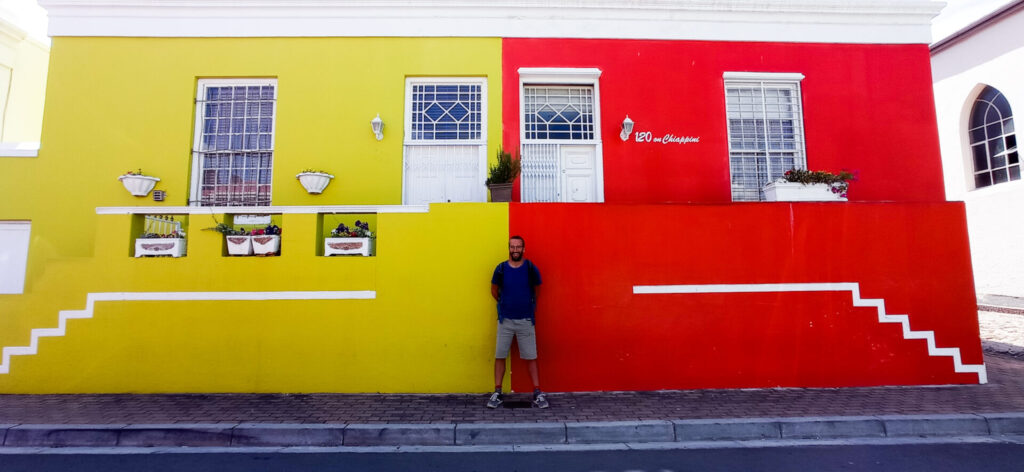
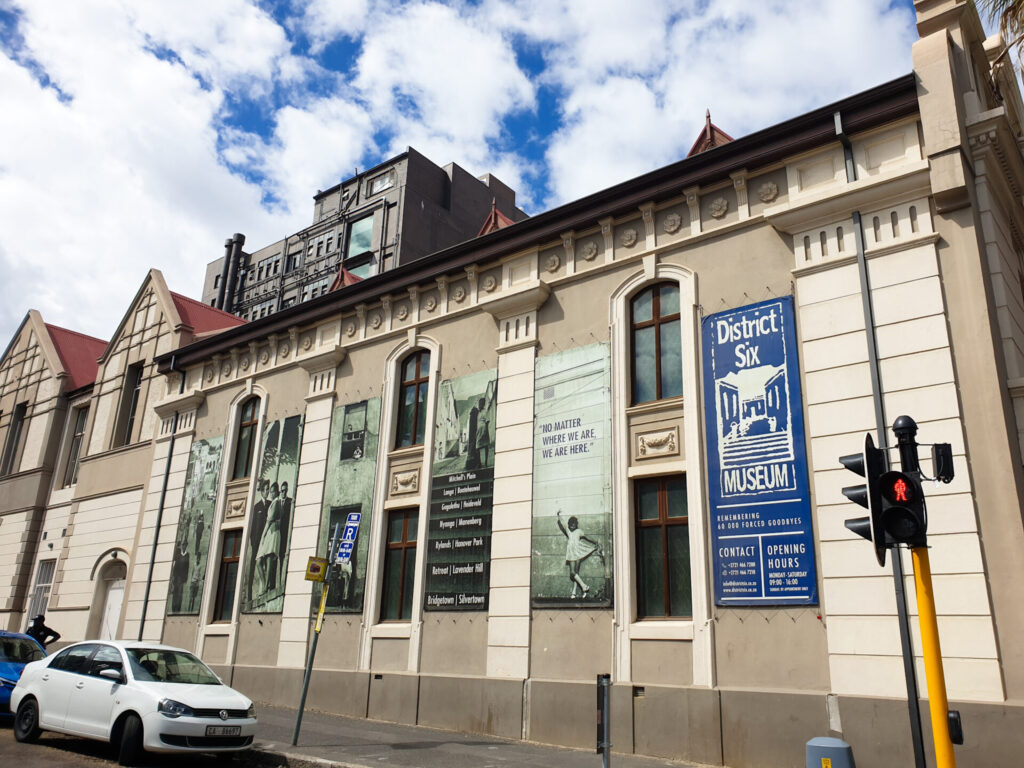
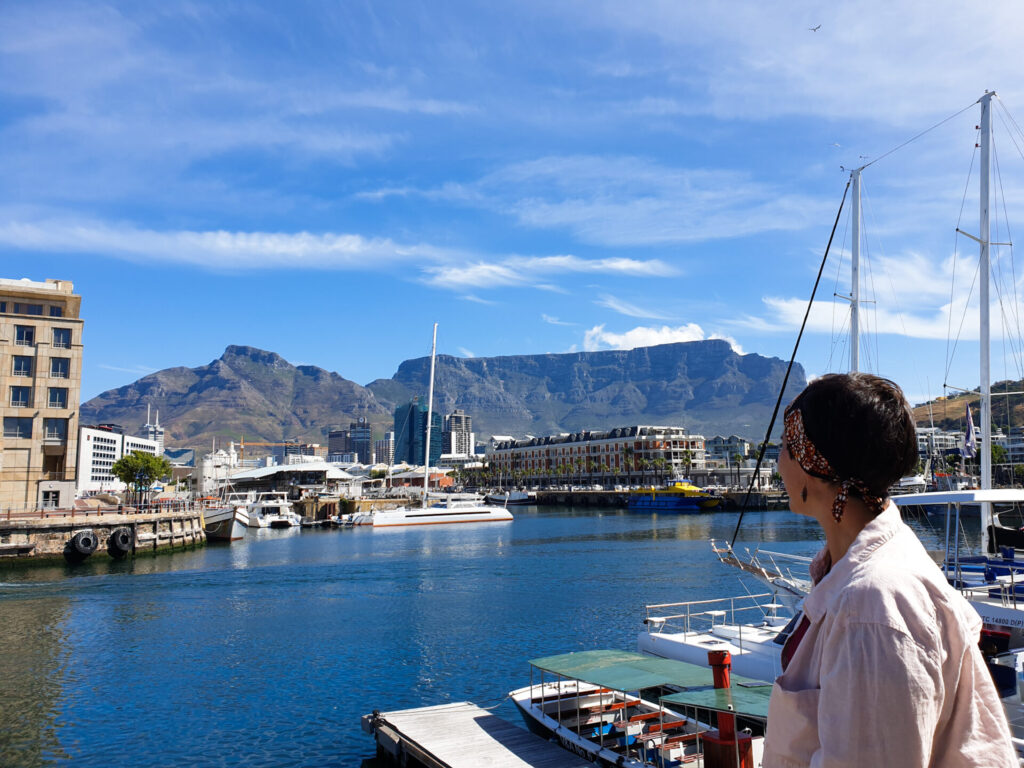
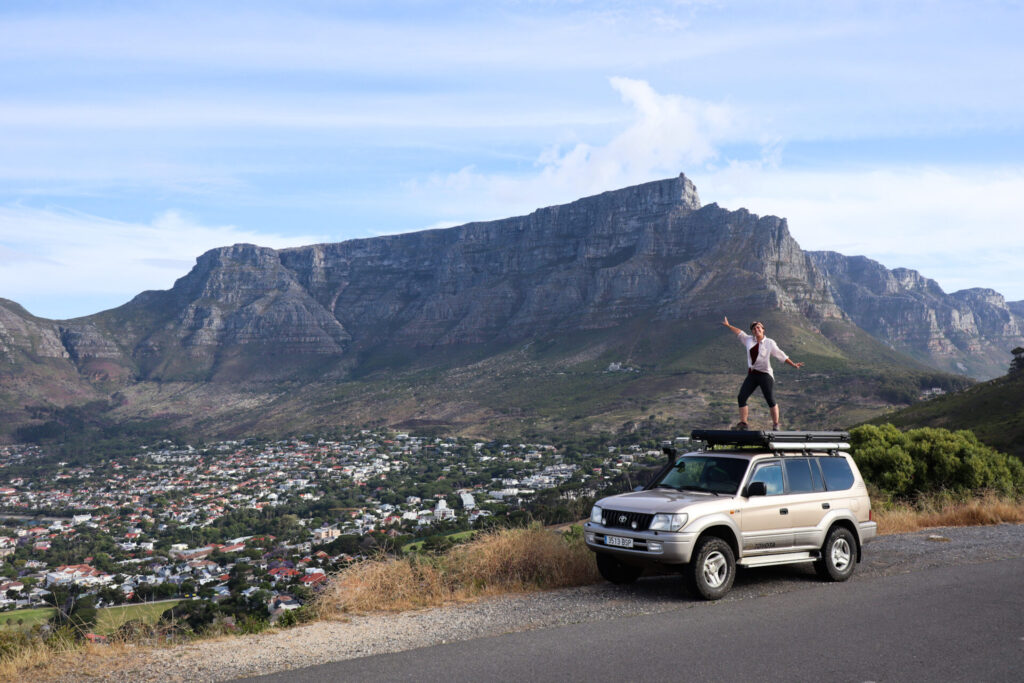
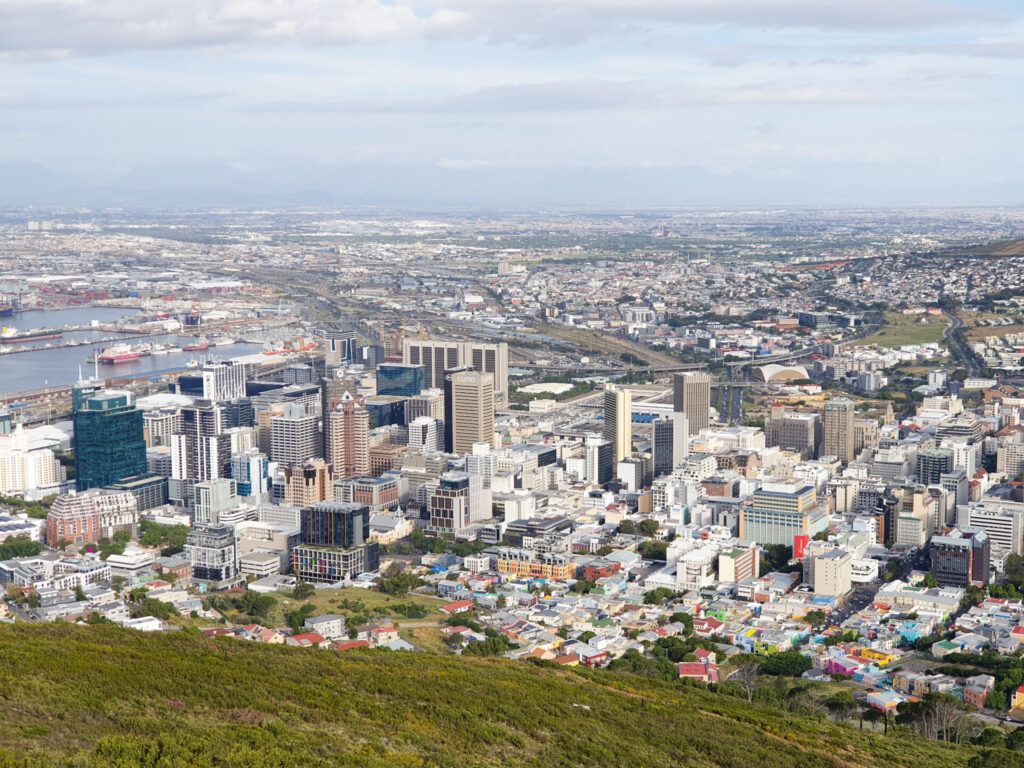
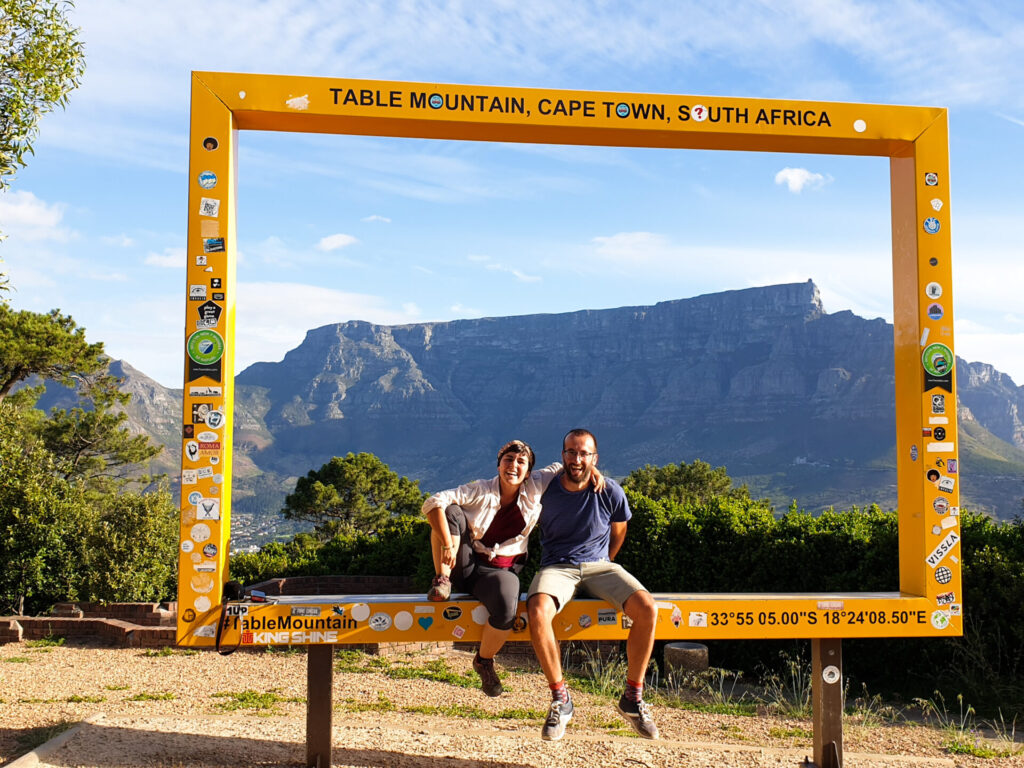
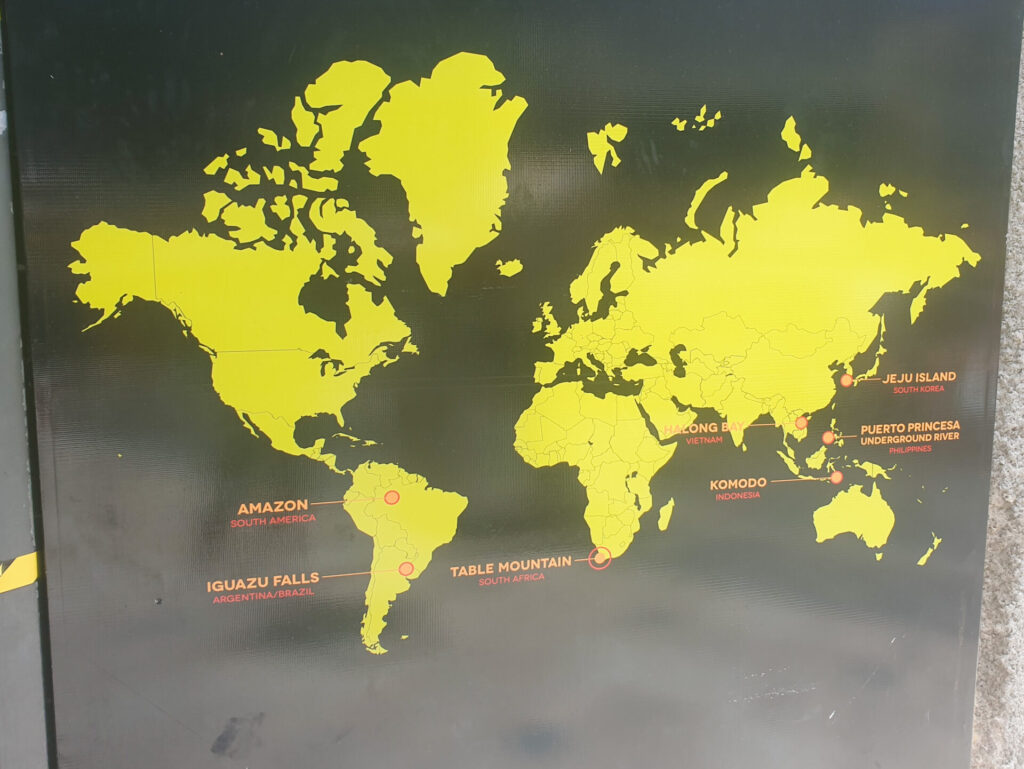
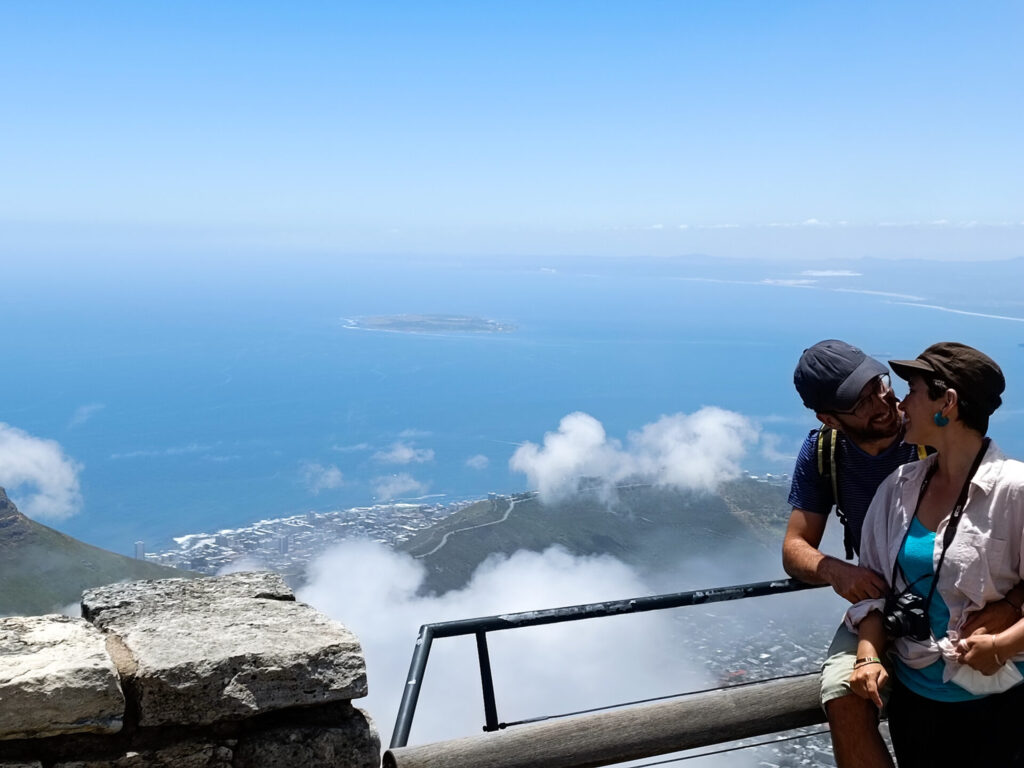


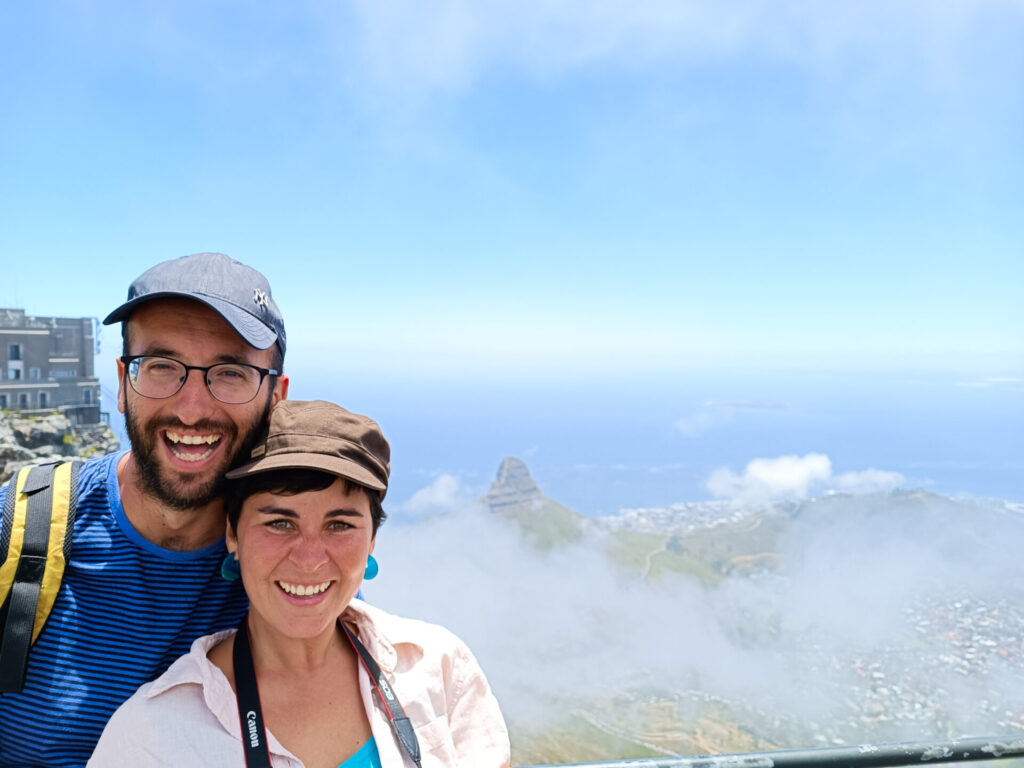

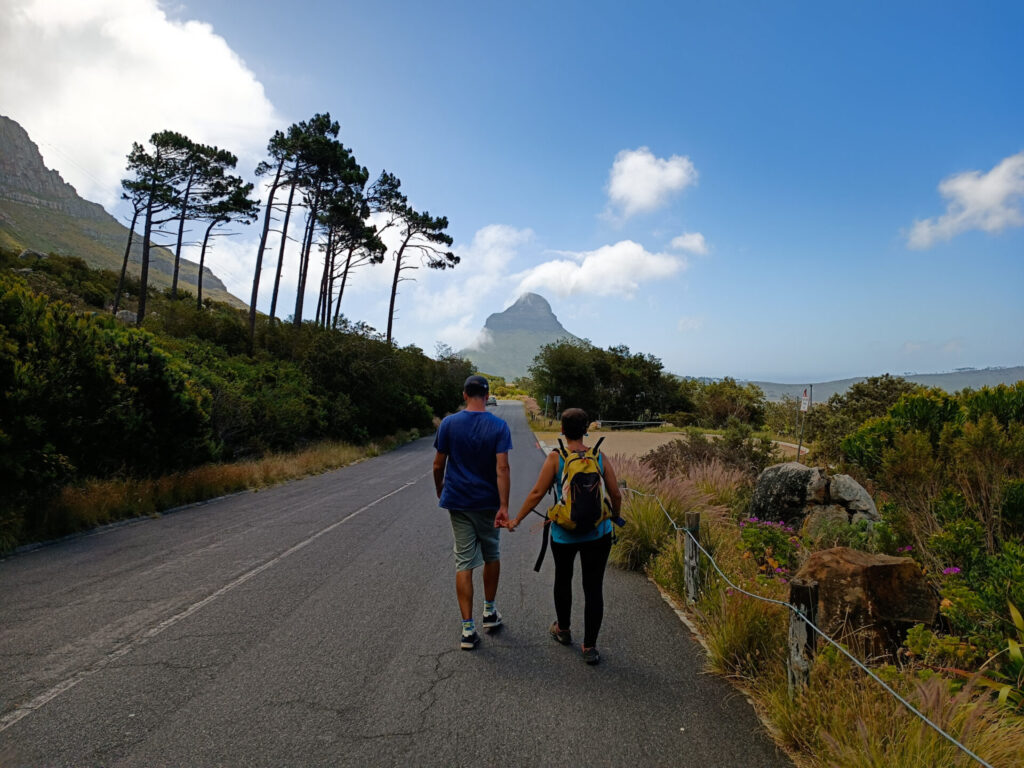

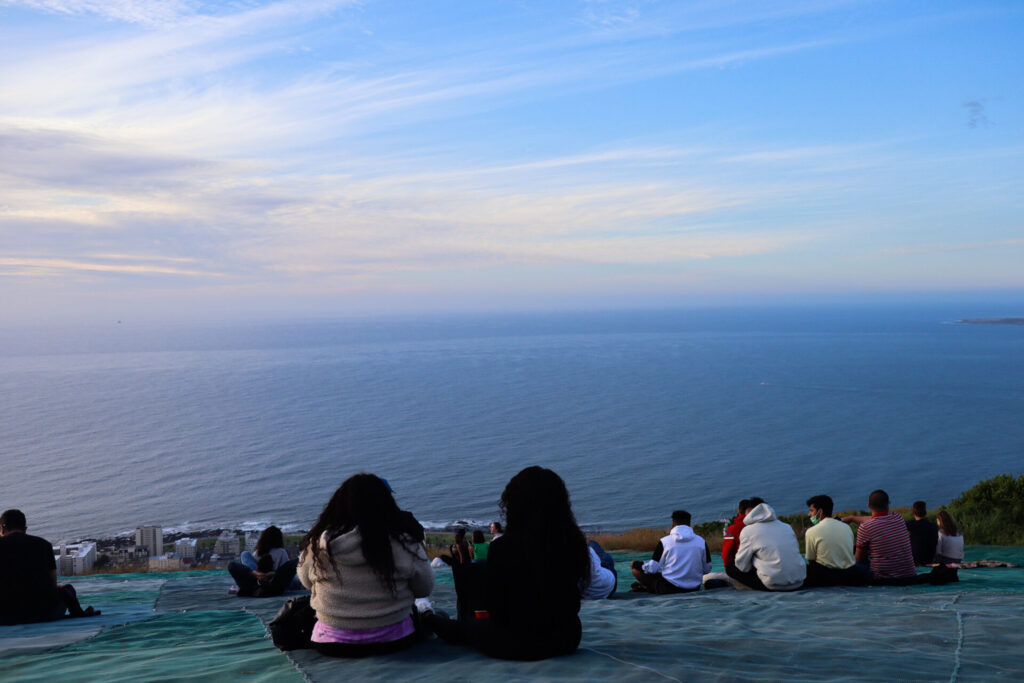

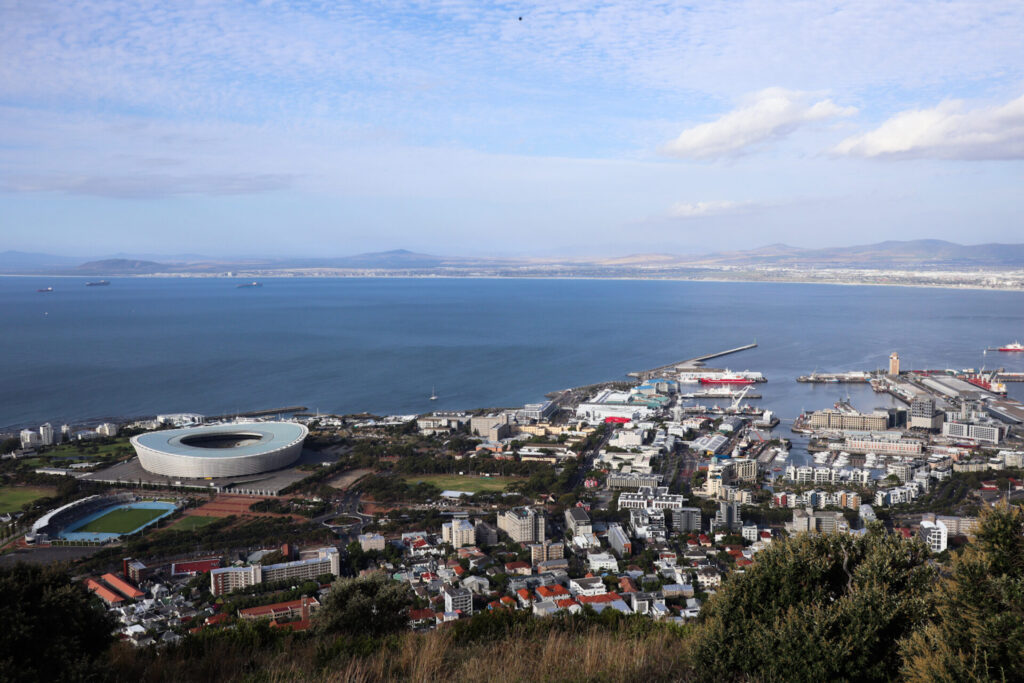

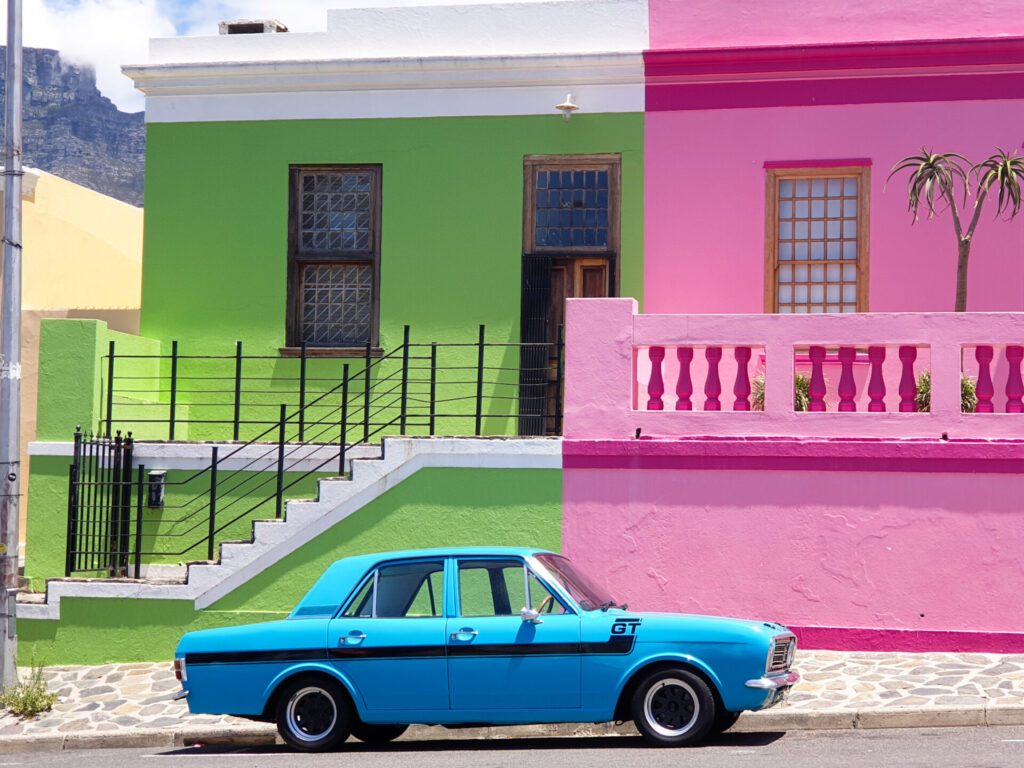
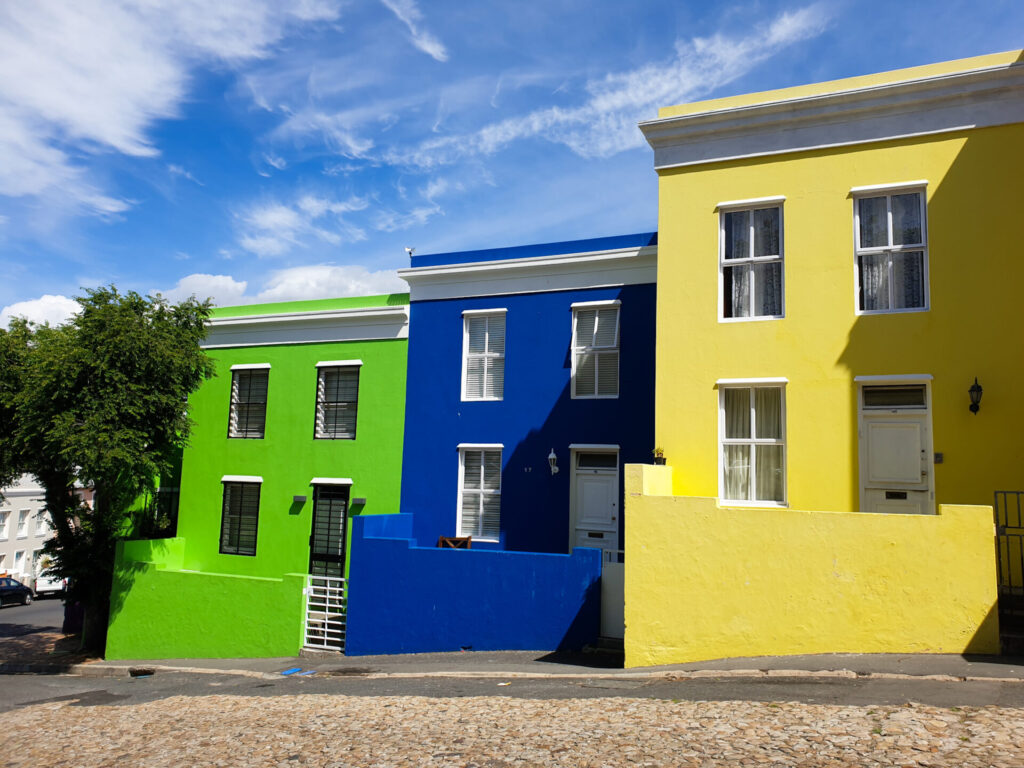

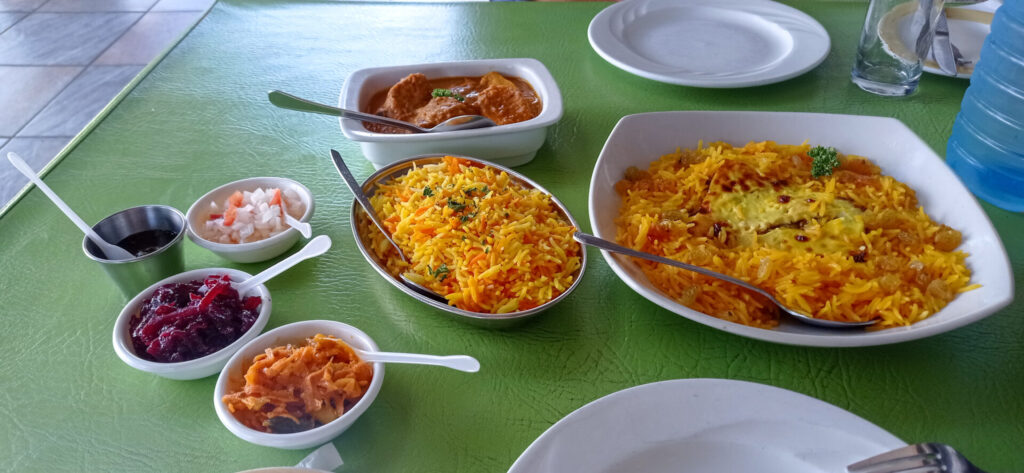
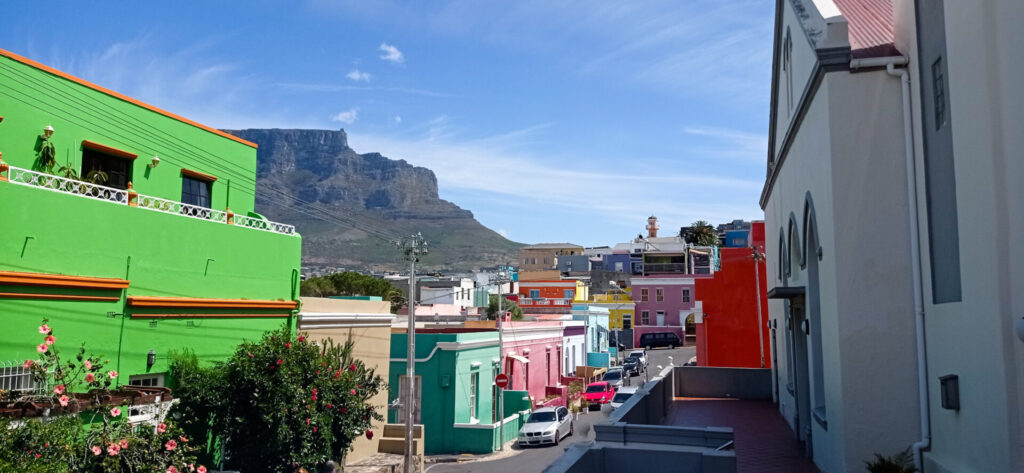
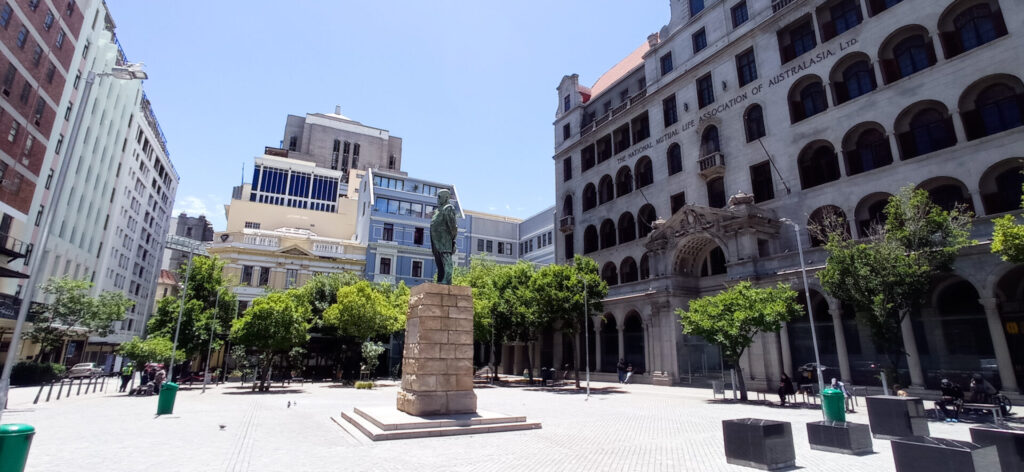

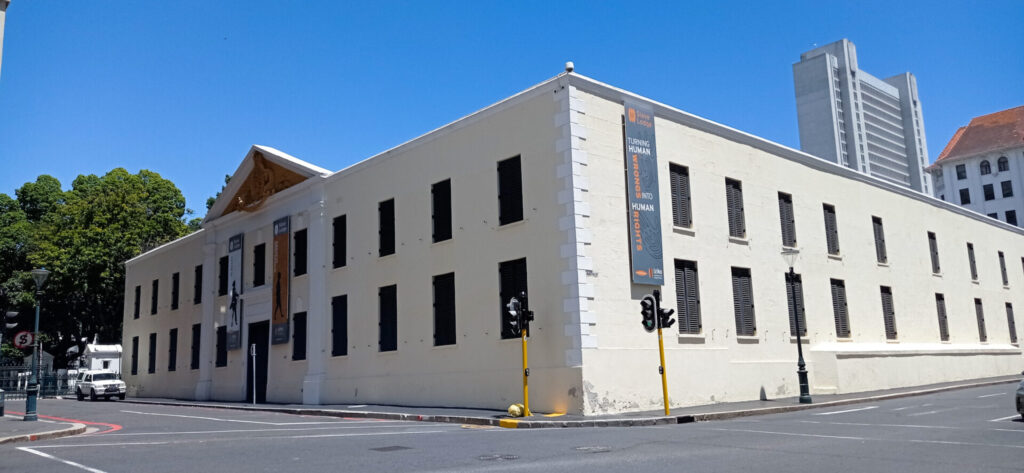
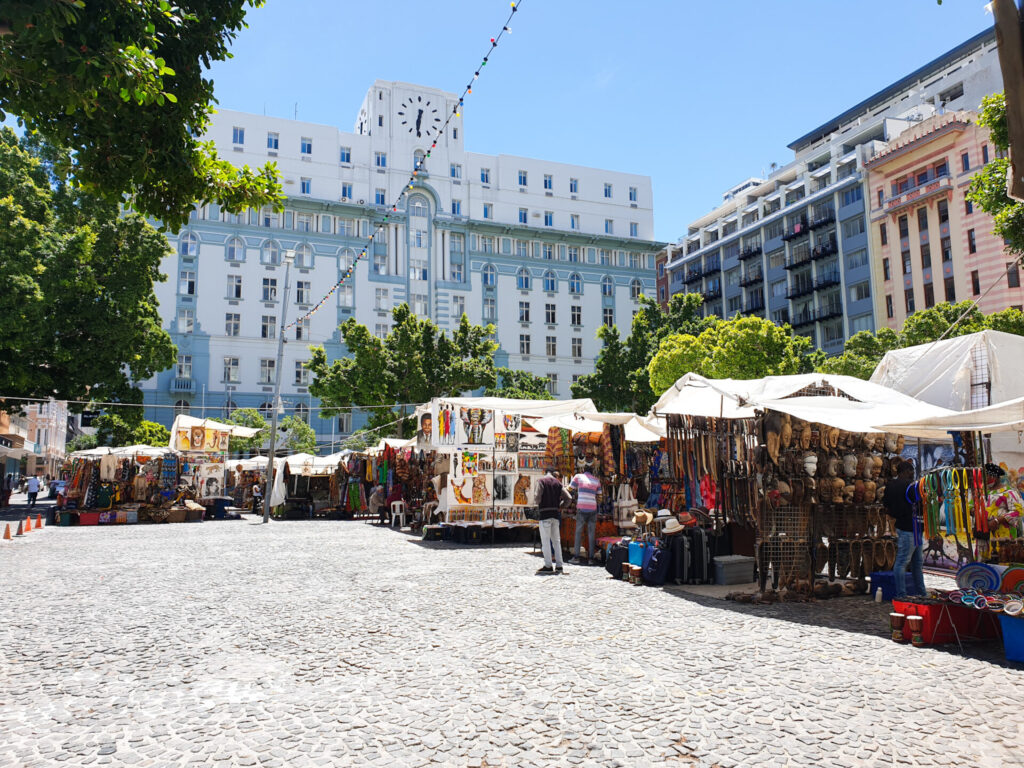
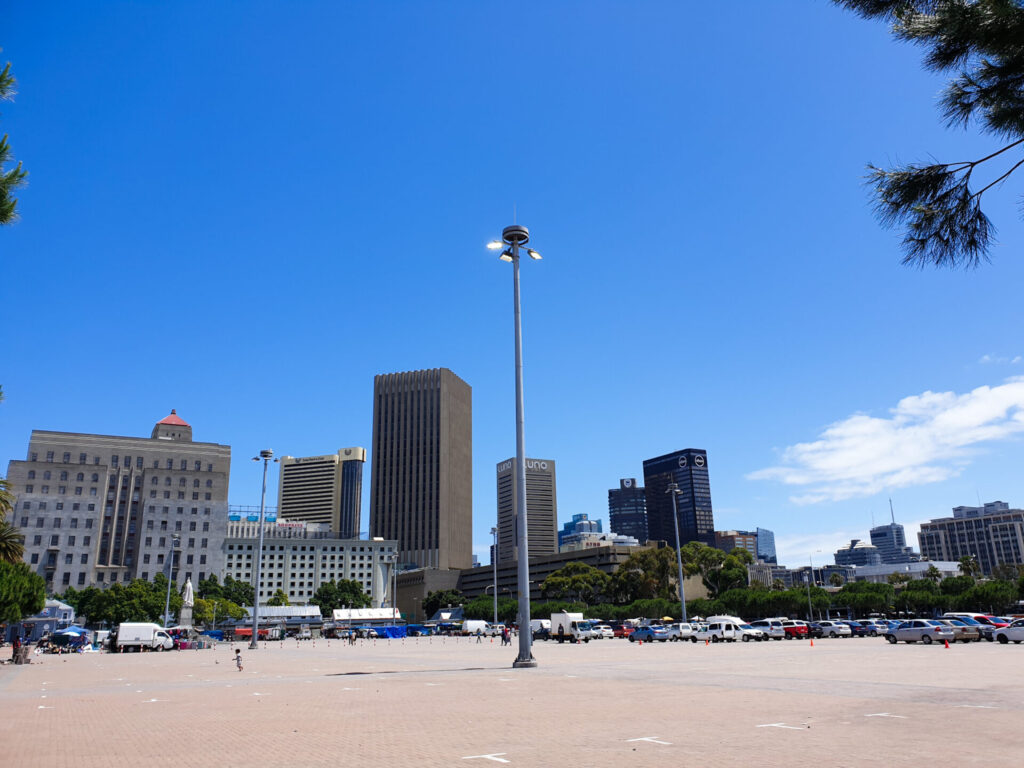

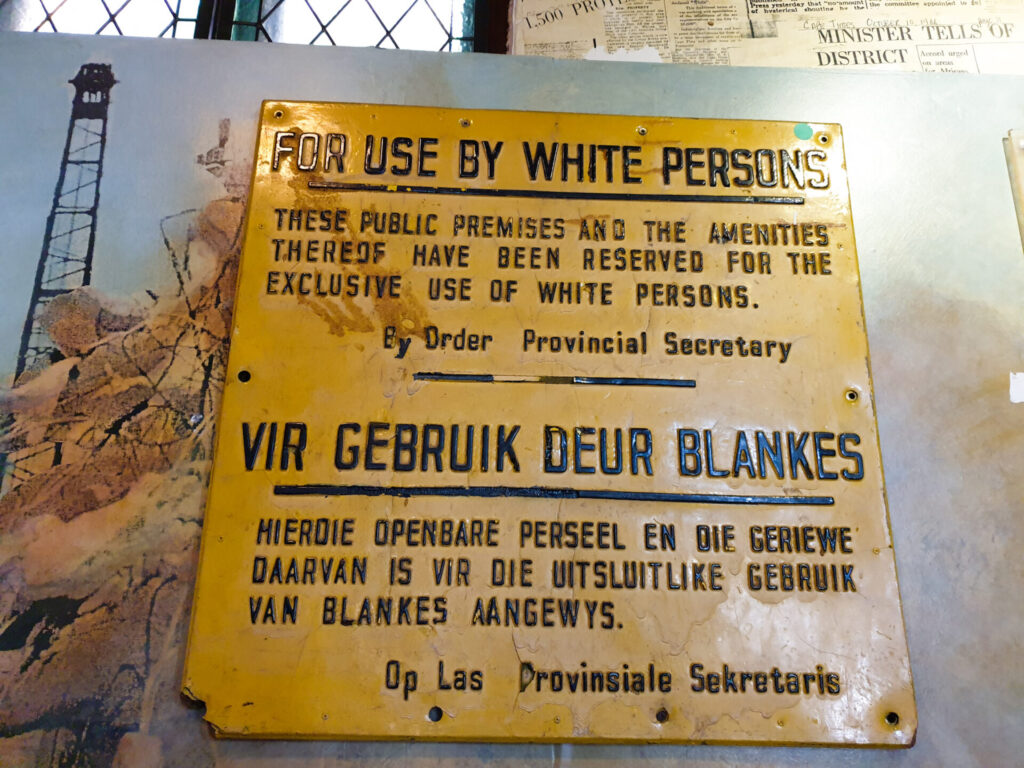
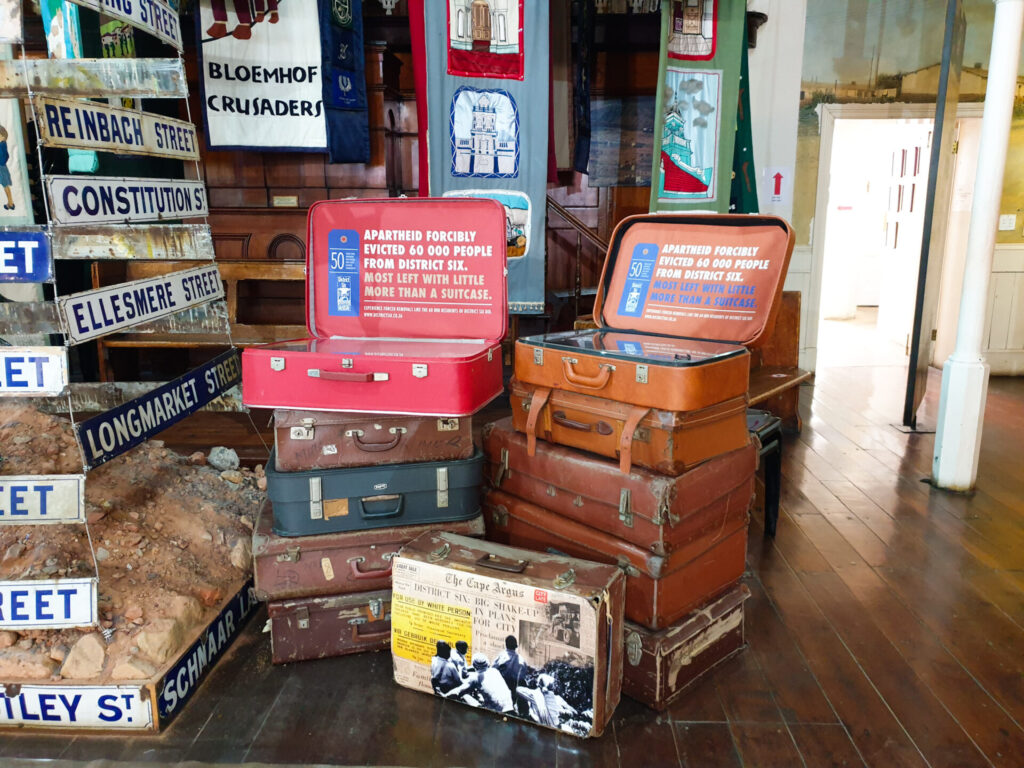
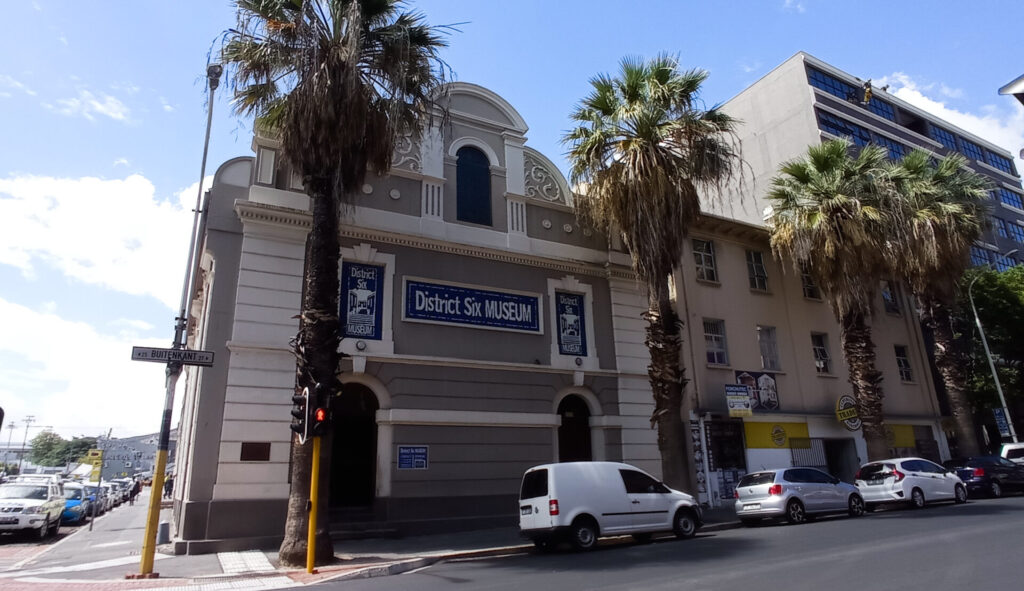
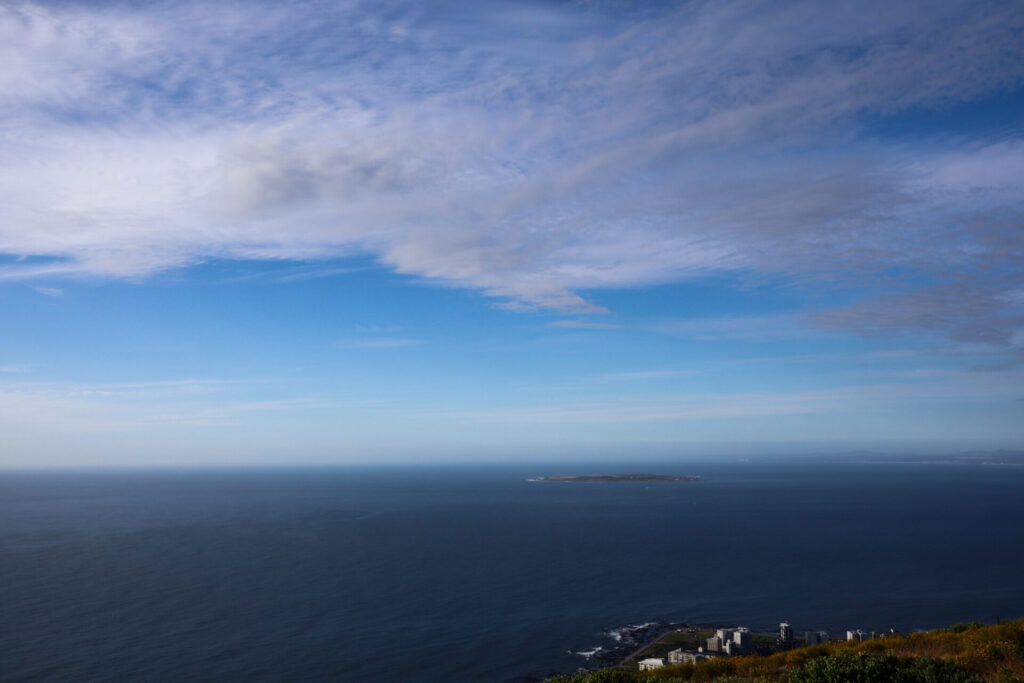
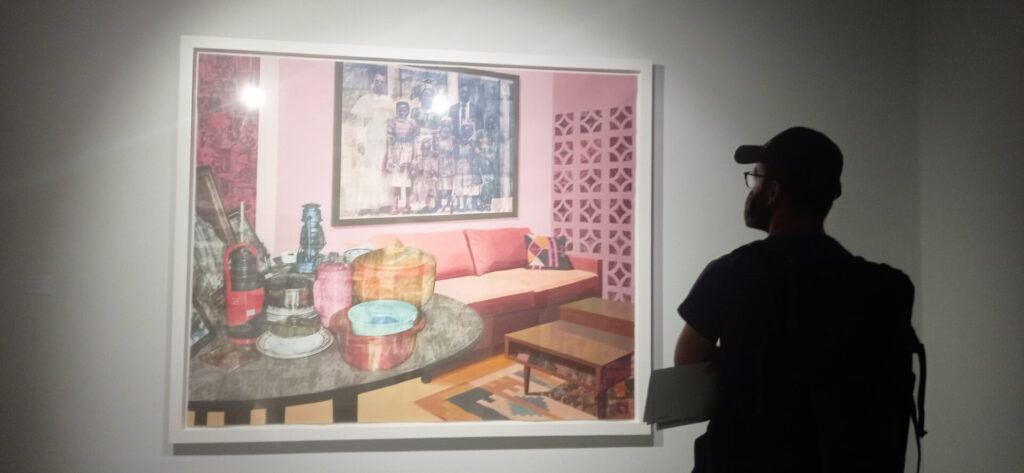

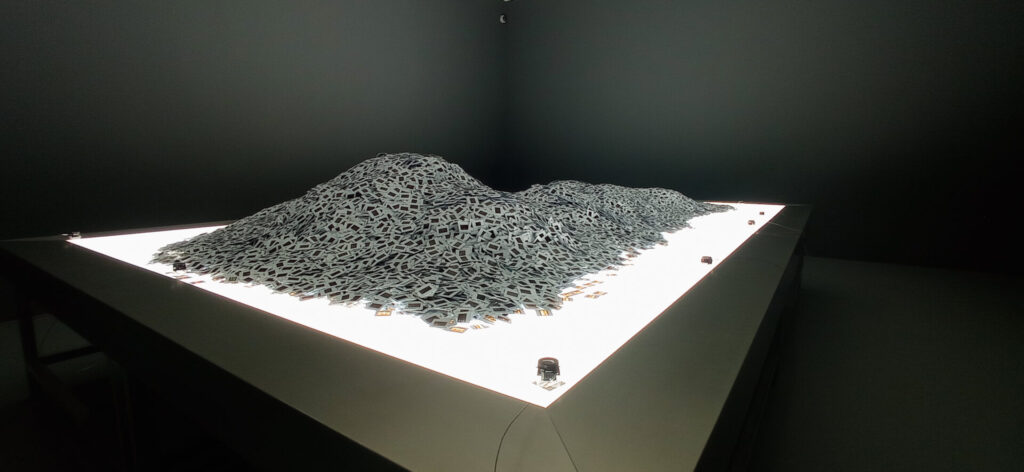
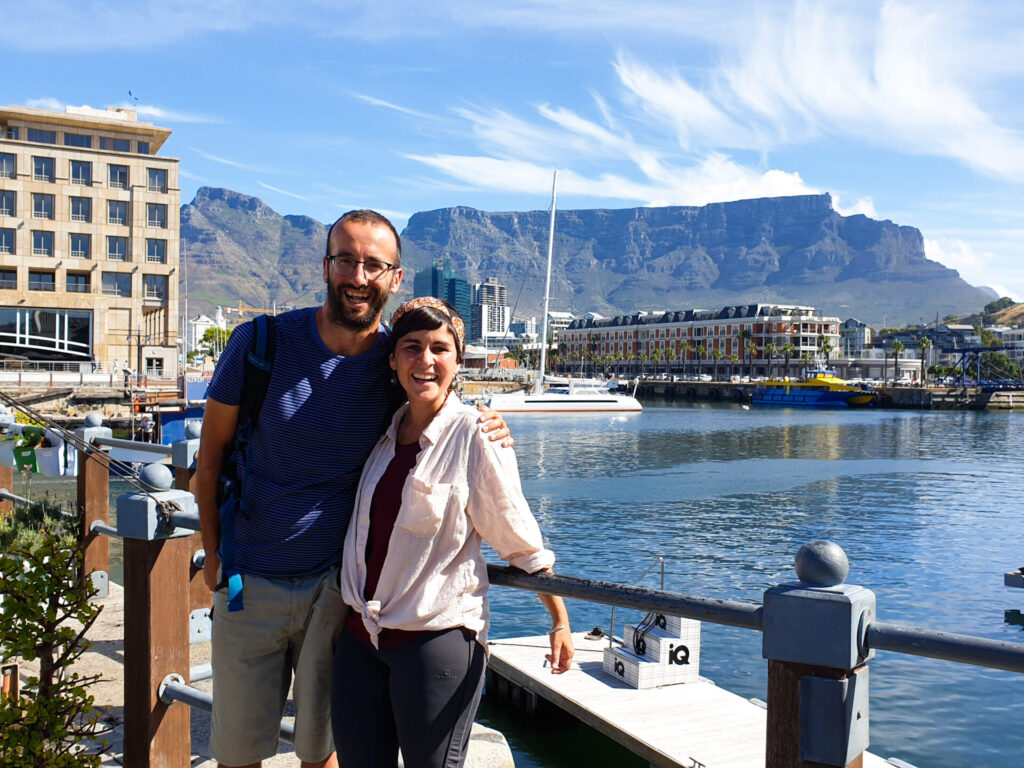
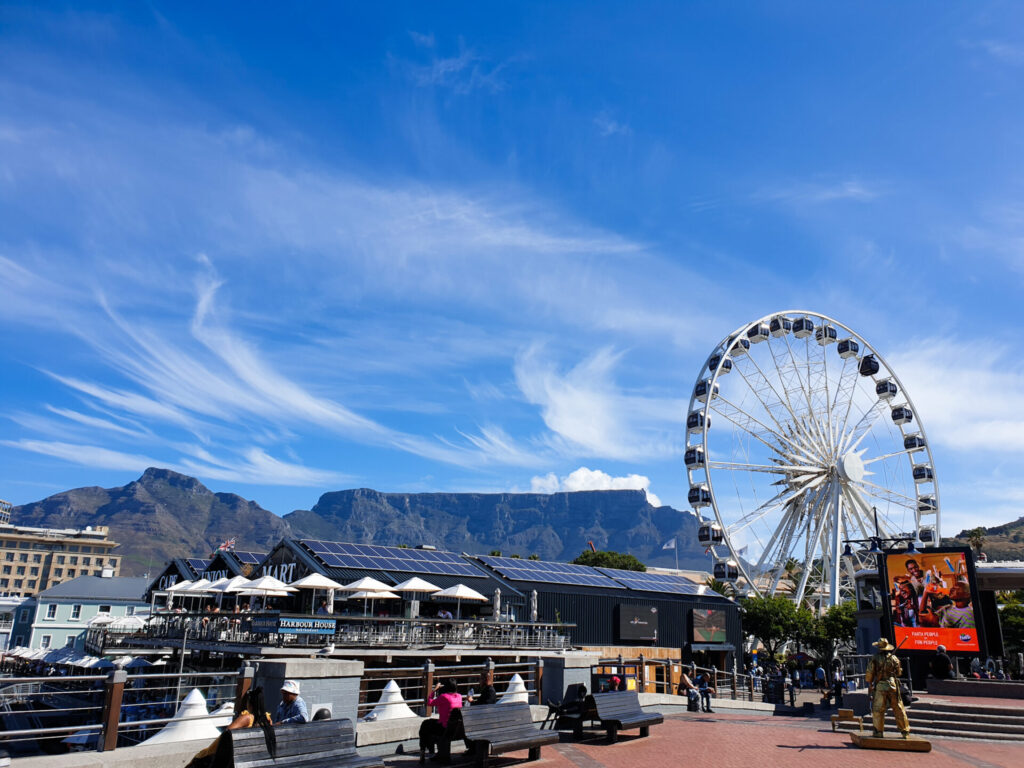
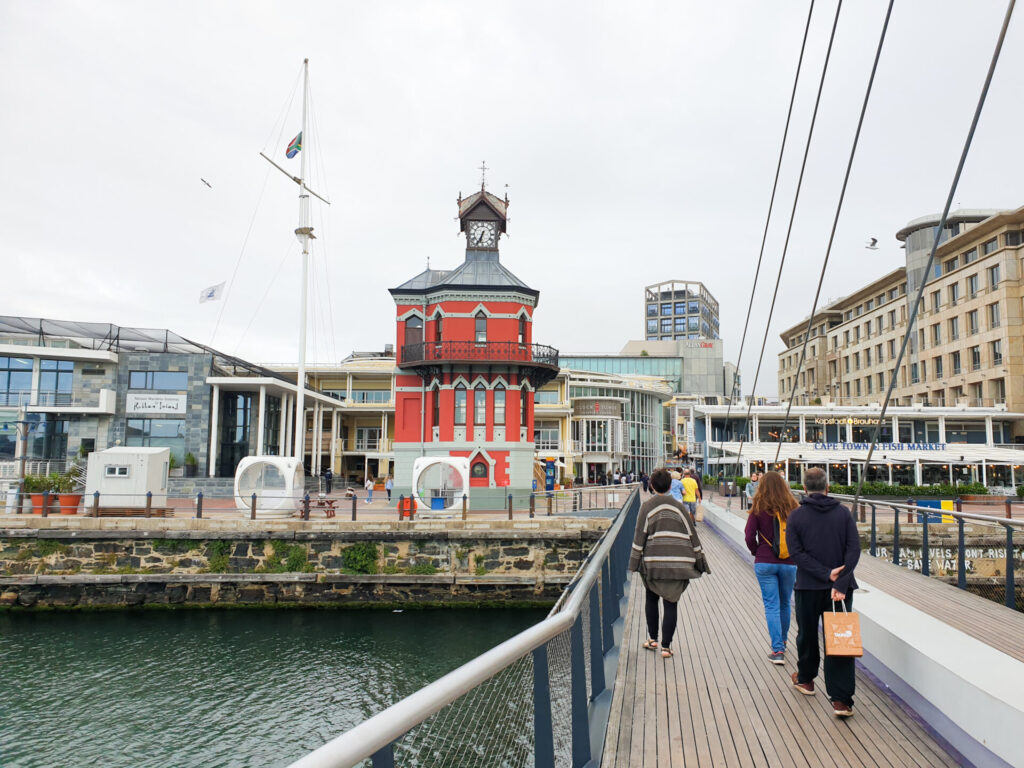

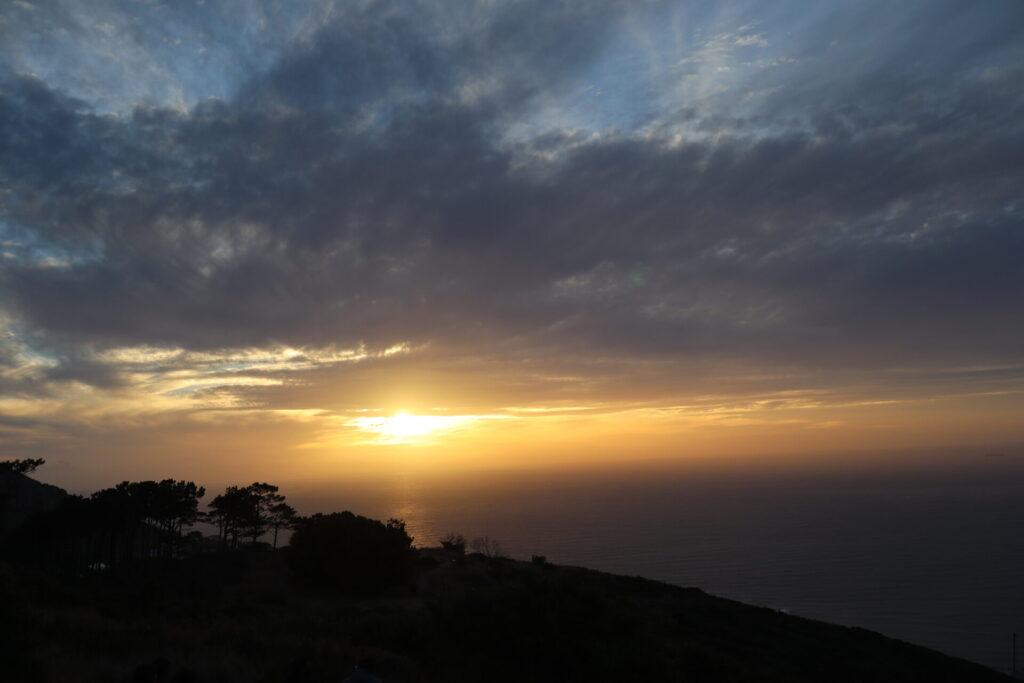



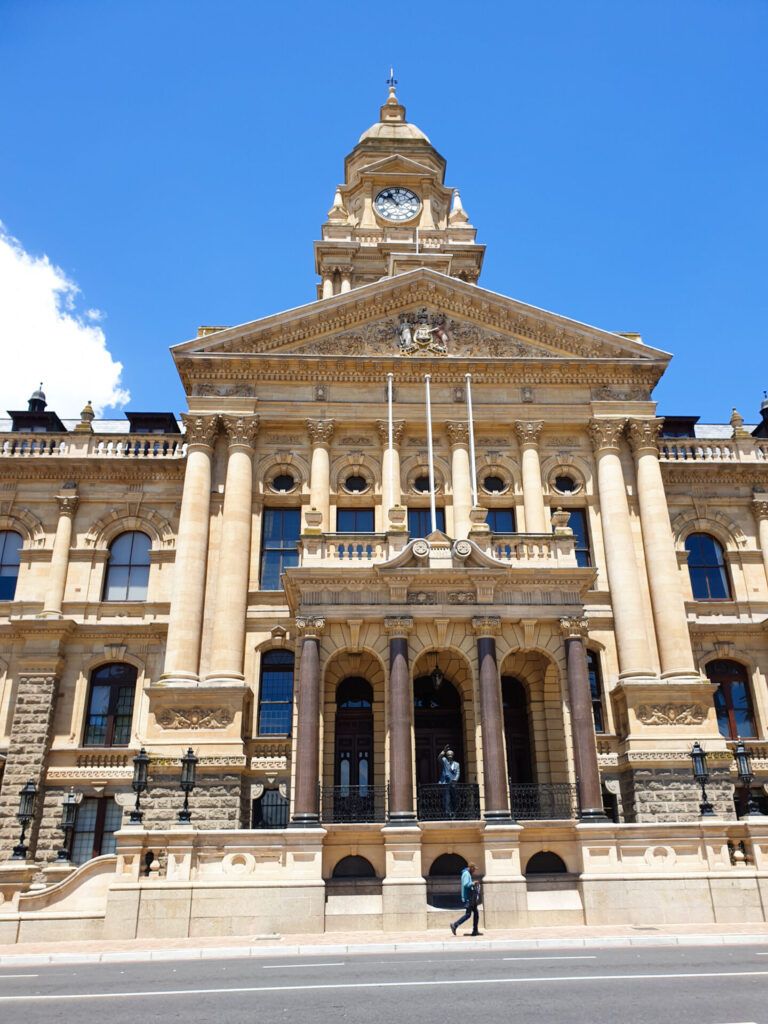
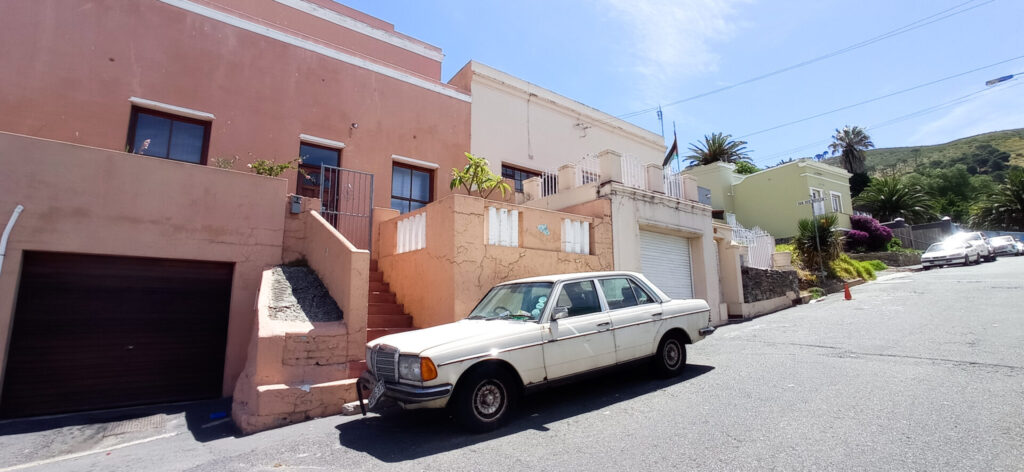
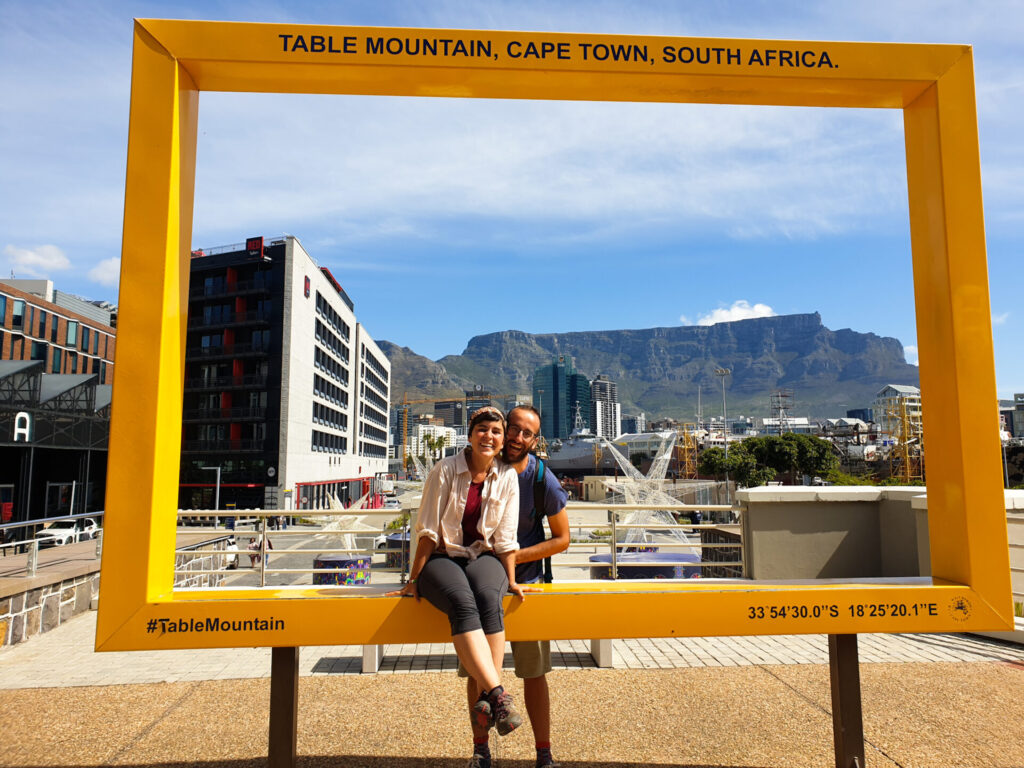

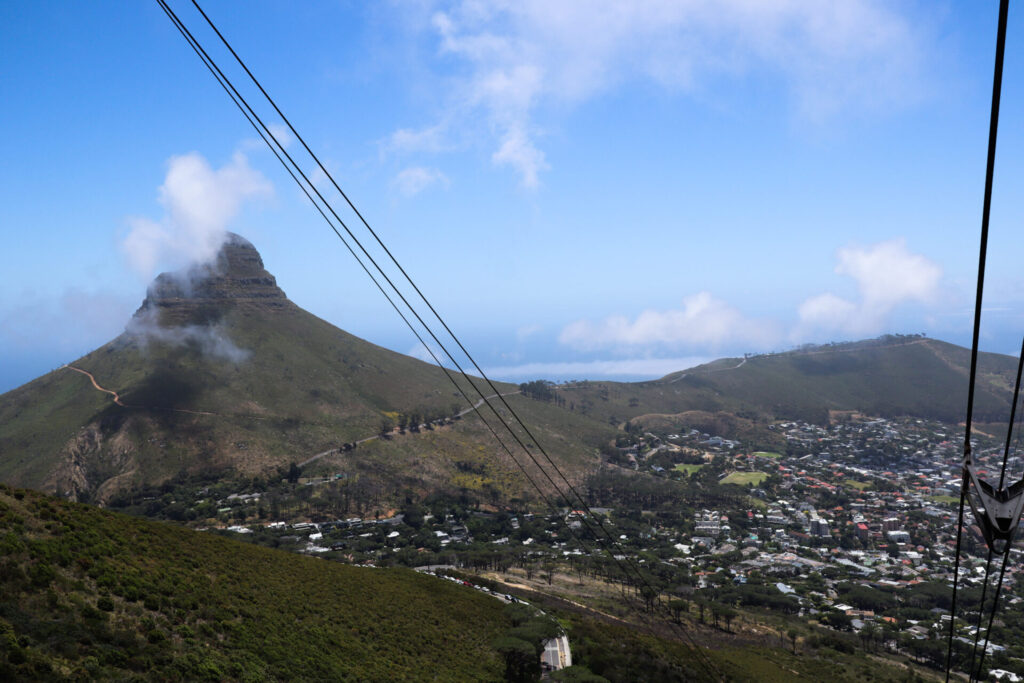
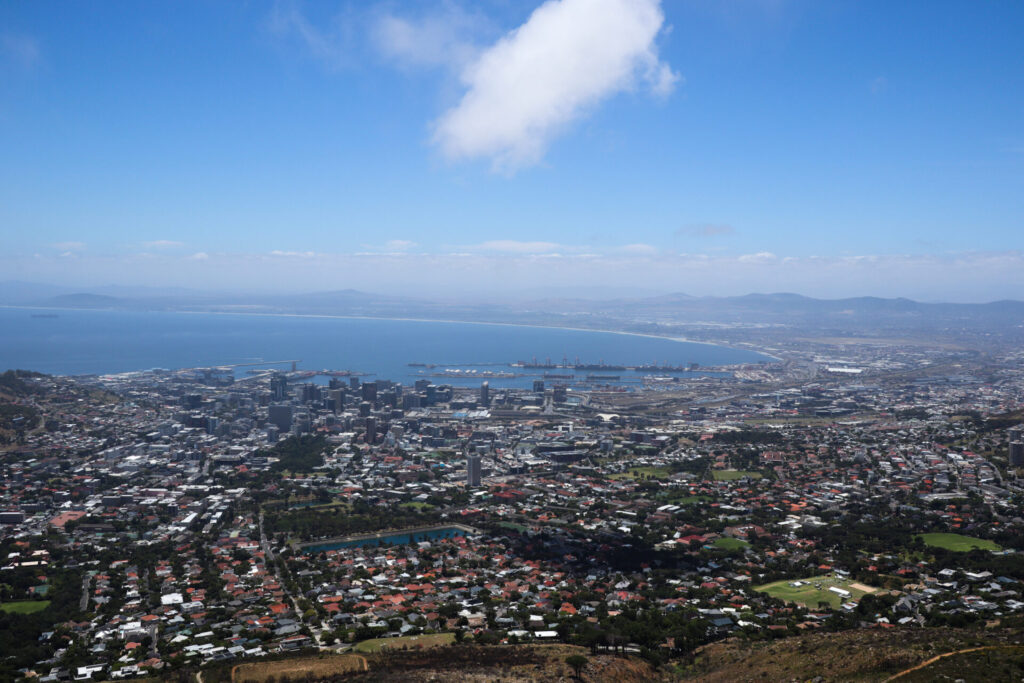
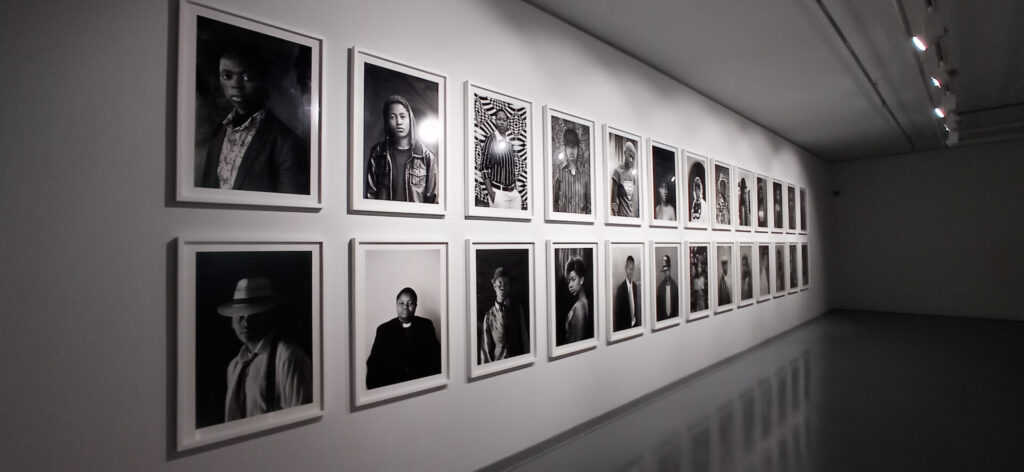



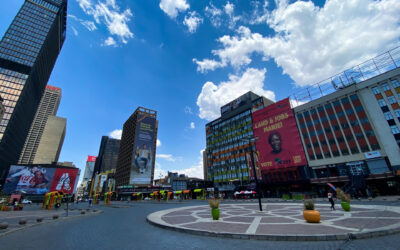
0 Comments